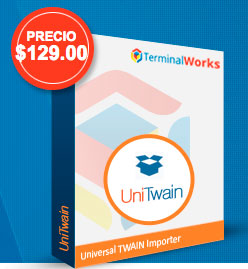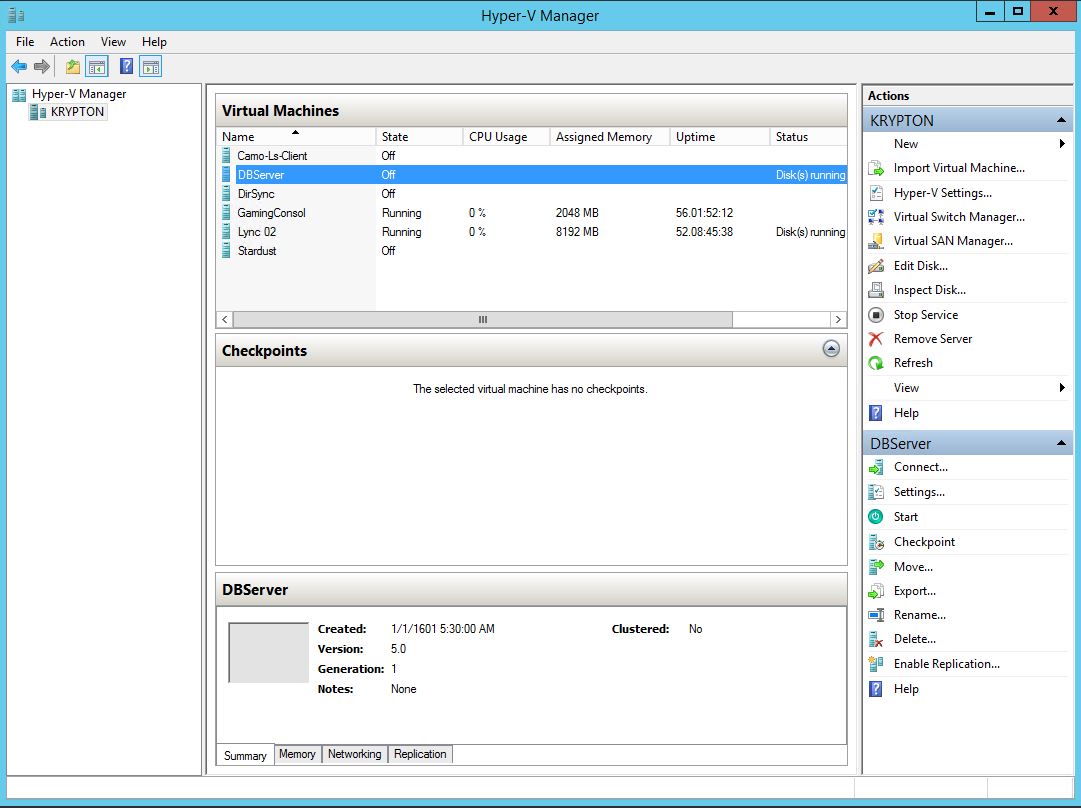
To our knowledge, this is the first study that utilized UniTwain as a viable, low-cost solution to streamline the gross imaging workflow. However, we believe that this difference is not visually significant and the effect on gross diagnosis with the naked eye is minimal. The webcam sensors have 8.2 megapixel (MP) resolution, approximately 12 MP less than medical imaging devices. The only limitations are manual operation of the webcam and lower resolution.

The implemented solution has a comparable durability, scalability, and archiving feasibility to commercial medical imaging systems and costs four times less. The process efficiency increased from 20% to 100%. We reduced the mean process time from 600 min to 4.0 min (99.3% decrease in duration) the median process time was reduced from 580 min to 3.0 min. We implemented a cost-effective technology, UniTwain, combined with high-resolution webcam to achieve the ideal results. We applied lean techniques such as value stream mapping (VSM) to design a streamlined and error-free workflow for gross imaging process. However, these solutions are usually cost-prohibitive and require a large sum of capital budget. Most commercial medical gross imaging technology provides ergonomically well-designed hardware, remotely operated cameras, intuitive software interfaces, and automation of workflow. Optimized imaging workflow can facilitate consistently high-quality gross photographs, especially in high-volume, metropolitan hospitals such as ours.

Gross imaging of surgical specimens is paramount for the accurate gross examination and diagnosis of disease.


 0 kommentar(er)
0 kommentar(er)
